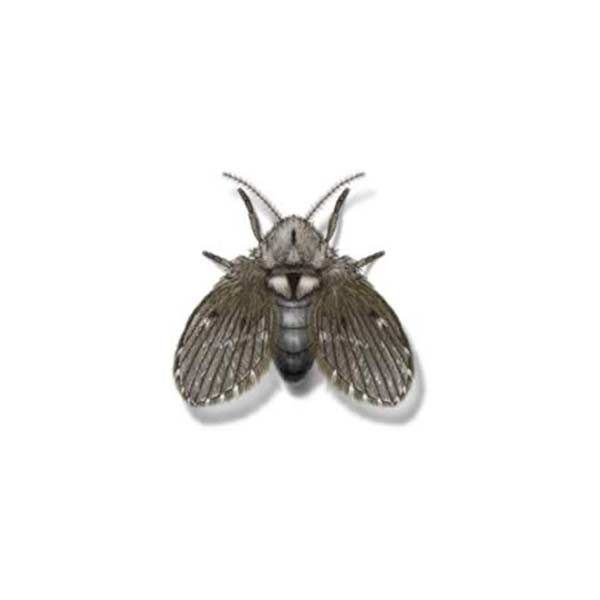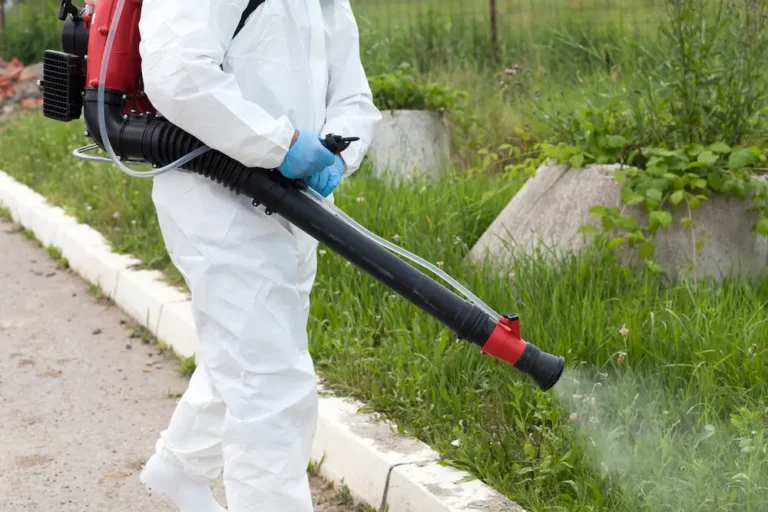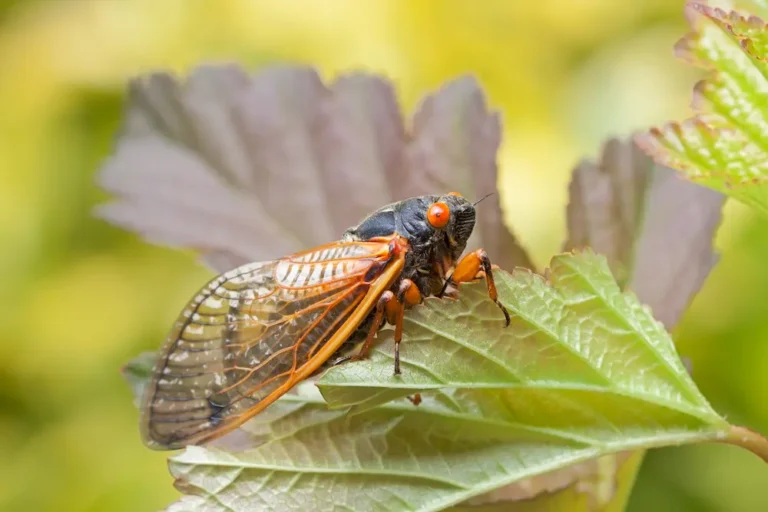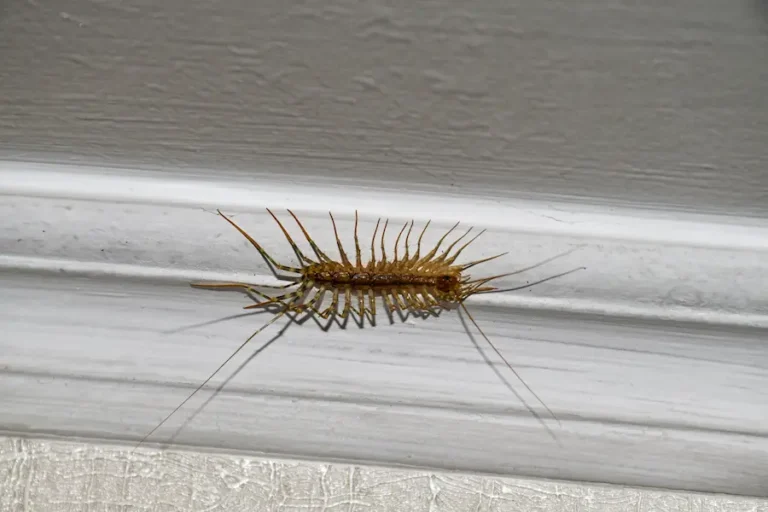Description
Moth flies are approximately 1/8 of an inch in length, with their entire body and wings covered in tiny hairs, giving them a moth-like appearance. Most species are black, but at least one commonly encountered species is mousy brown. Antennae are 13-segmented, with each segment having a bulbous swelling and circle of long hairs. Local moth flies are weak flyers and can be carried on the wind from their breeding sites to structures.
Eggs are usually laid in gelatinous material lining drains and other basins, hatching in 32 to 40 hours. The larvae and pupae live in the thick film with breathing tubes projecting through the film. They are difficult to drown and, in some cases, can survive submersion for up to two days. Moth fly larvae feed on sediment, decaying vegetation, microscopic plants, animals, and pupate in 9 to 15 days. The brief pupal stage lasts from 20 to 40 hours. The entire life cycle can be completed in 8 to 24 days, depending on environmental conditions.
Biology And Behavior
- Common problem areas include nearby sewage facilities, storm drains, leaking septic tanks, elevator pits, sump pits, floor drains, bath traps and voids under showers, bathtubs, and mop sinks.
- Commercial kitchens that ‘wet wash’ with pressurized water often push moist organic debris into cracks under equipment and gaps under walls where the material ferments and breeds moth flies.
- Sub-slab breaks in drain lines where organic material accumulates cause the most challenging infestations. Adult flies or larvae enter the living space through cracks in the slab, gaps around utility penetrations, or unsealed expansion joints.
- Such sub-slab infestations can only be found by boroscopes used to locate broken lines or by a core hole cut in the slab to look for conducive conditions or signs of activity. Replace all infested soil and repair leaks to solve these problems.
- Wet mops and brooms that collect moist organic material and if not cleaned and properly create good breeding sites.
Moth Fly Prevention Tips
- Insect light traps are effective pest control against adult moth flies but will not solve a problem independently as developing flies will remain.
- Hot water, bleach, and caustic cleaner applications to drains without removing the slime layer are ineffective treatments.
- Eliminating the breeding sites through sanitation and moisture control are the only methods for long-standing control.
- Applications of bio enzyme-based cleaning agents and growth regulators are beneficial in eliminating organic material in unseen microenvironments.
- Cover gaps leading to suspected, hidden breeding sites with tape to trap emerging flies and show activity.
- When finding one source of an infestation, continue searching as you may find more sources.
Action’s Moth Fly Control Services
- Small Fly Control
- Restaurant & Commercial Kitchen Pest Management Services
- Industrial Pest Management Services



